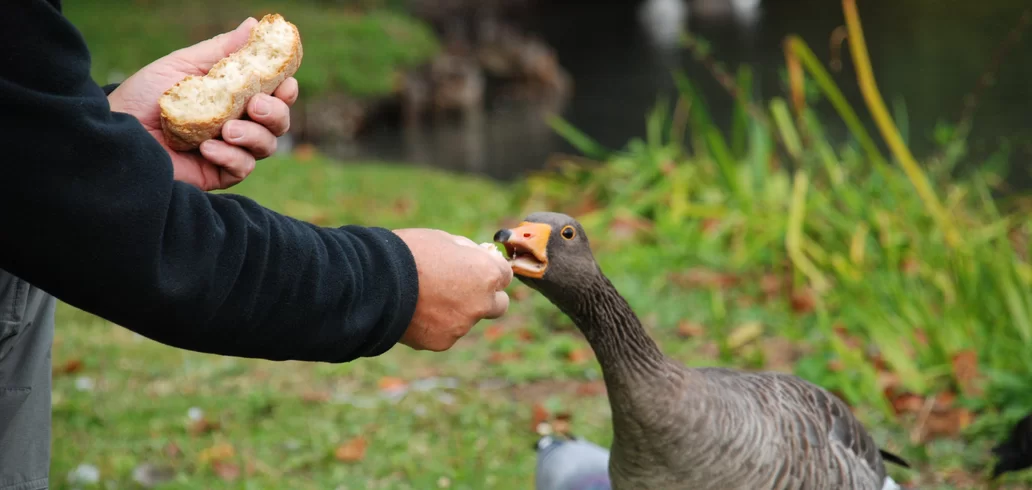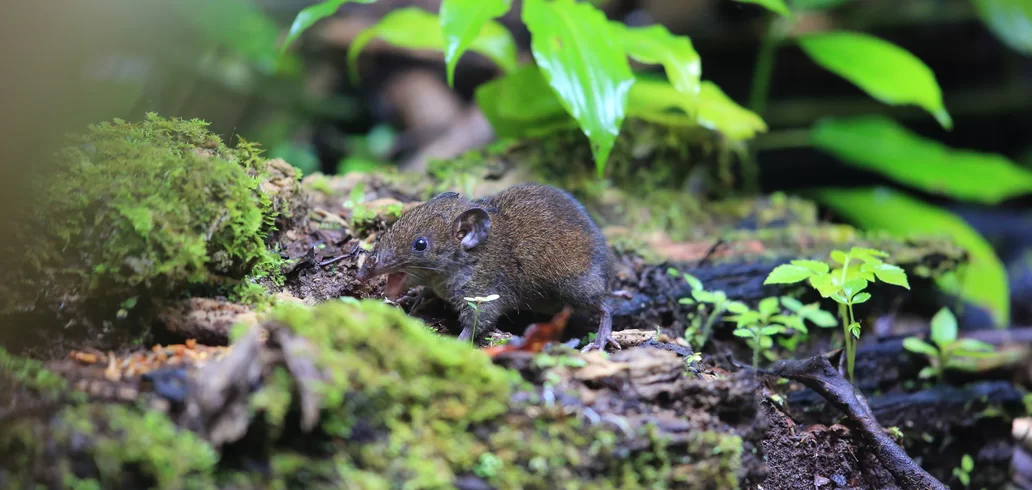News
Scientists discover evidence of oldest oxygenic photosynthesis ever recorded
Advertisement
When did oxygen begin to become abundant on Earth?
Oxygen began to become abundantly present in the Earth's atmosphere during the so-called Great Oxygenation Event, which occurred approximately 2.4 billion years ago. Prior to this period, the Earth's atmosphere was predominantly composed of gases such as carbon dioxide, methane, and water vapor. Photosynthesis by certain types of bacteria and algae called cyanobacteria is thought to have been the main contributor to the accumulation of oxygen in the atmosphere over time. This significant increase in oxygen in the atmosphere allowed the development of aerobic life forms, which depend on oxygen to survive.
How did scientists discover cyanobacteria fossils?
Scientists usually discover cyanobacteria fossils through paleontology techniques, which involve identifying and analyzing ancient rocks for microscopic structures or patterns that indicate the presence of these organisms. Here are some of the common techniques used:
1. **Study of sedimentary rocks**: Cyanobacteria leave traces in sedimentary rocks, such as stromatolites. These are formed by the activity of cyanobacteria that secrete a sticky substance that traps sediments, forming layers. Over time, these layers can fossilize, preserving the characteristic dome-shaped structure.
2. **Microscopy**: Scientists also use optical and electron microscopy to examine rocks for microscopic traces of cyanobacteria, such as fossilized cells or characteristic structures such as stromatolites.
3. **Chemical analysis**: Fossils can be chemically analyzed to identify the presence of specific organic molecules associated with cyanobacteria. This may include the detection of photosynthetic pigments or specific biomarkers.
4. **Radiometric dating**: To determine the age of fossils, scientists use radiometric dating techniques to measure the amount of radioactive isotopes present in minerals associated with fossilized rocks.
These techniques and others are combined to provide a more complete understanding of the evolutionary history of cyanobacteria and their role in Earth's history.
Trending Topics

Listen to free music: mobile and desktop apps
Discover how to listen to free music easily using the best apps available. Explore tips, pros and cons!
Keep ReadingYou may also like

The Mysterious Origin of Precious Metals: A New Model Explores the Presence of Gold and Platinum in the Earth
Keep Reading

Few people know: Fedex pays US$$19/hour for accessible functions
Discover how FedEx offers hourly pay of up to $$19, with real benefits, job security, and growth opportunities.
Keep Reading

